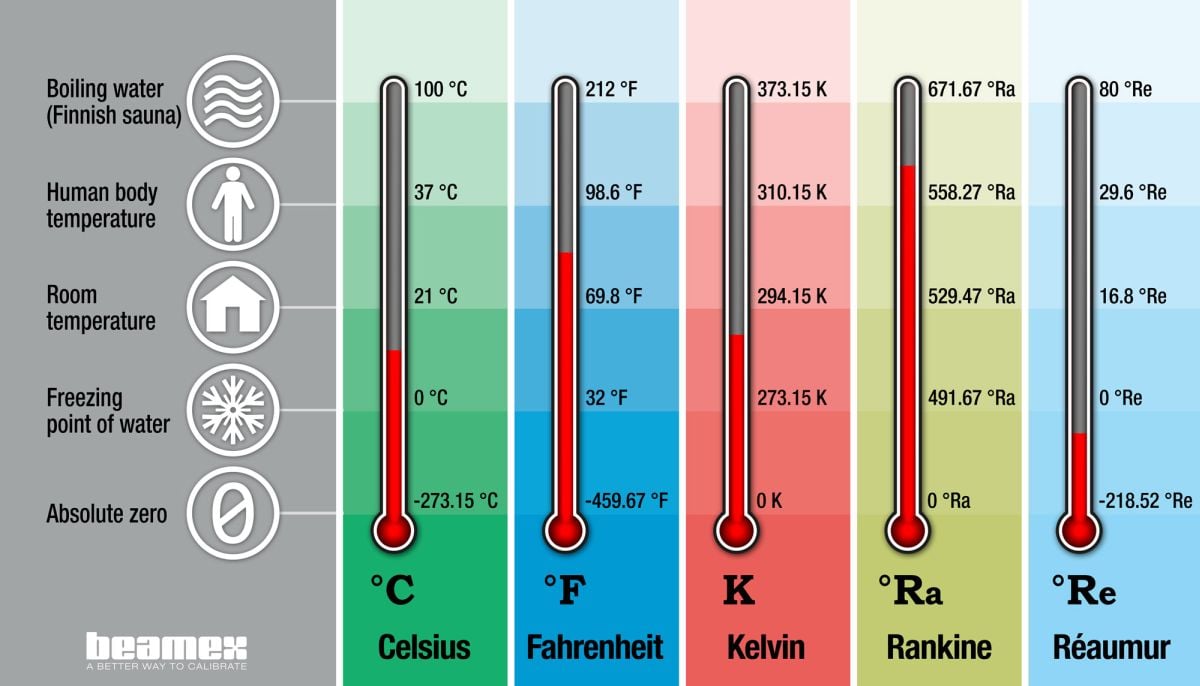
This may be related to severe adrenal fatigue. If the primary thyroid or adrenal concern has been fully addressed, yet you still struggle with low body temperature, there may be other factors that need attention.īody Temperature Impacted by Exercise, Stress, and Autonomic Nervous System Disorders If the measurements reveal constant, little variation and chronic very low body temperature, then focus on thyroid support. If you find that your body temperature is low, but erratic or highly variable through the 30 days of measurement, then focus on adrenal health. A day-to-day jagged up-down graph reflects adrenal stress, while staying within the same small temperature range without much variance reflects thyroid concerns. This provides great insight into temperature patterns and helps interpret temperature fluctuation from day to day and your general trend. Ideally it is measured before you get out of bed first thing in the morning. Measure your body temperature at the same time every day for a month and then chart it on a graph. Interpretation of body temperature and this information is within the context of other symptoms and being indoors at a comfortable room temperature, not affected by climate, exposure, or acute illness.ĭo a temperature chart if you are not sure about your body temperature. In hypothyroidism, body temperature is often 97.0 F and much lower, even dropping to 95 F. Body temperature for adrenal fatigue may be 97.8 F or lower. The temperature swings from day to day are also more exaggerated compared to hypothyroidism. In adrenal fatigue, temperature regulation fluctuates more throughout the day than hypothyroidism. Low body temperature in adrenal fatigue has a different pattern than low body temperature related to hypothyroidism. Imbalance of these adrenal hormones can cause low body temperature and other stress related symptoms. Adrenal function returns back to homeostasis once the stress is removed and rest has occurred. In adrenal stress, the glands produce relatively normal levels of hormones, but are under pressure and have an altered pattern of output. Adrenal fatigue or distress can lead to imbalanced hormone levels including either low or high cortisol, or low or high DHEA depending on how the body has adapted to acute and chronic stress. On the other hand, adrenal fatigue and adrenal stress is very common.

It is uncommon and is accompanied by other severe symptoms. Addison’s disease or adrenal failure occurs when the adrenal glands cease to produce adrenal hormones. Symptoms may look similar with fatigue, cold intolerance, dry skin, hair falling out, and weight gain.Īdrenal stress, adrenal fatigue and Addison’s disease all can impact body temperature regulation. Lab tests that measure adrenal hormone levels (cortisol, DHEA, pregnenolone, progesterone, and aldosterone) help discern this differentiation.
#Body temperature conversion chart free#
In secondary hypothyroidism, low body temperature, high TSH, low free T4 and T3, and high levels of thyroid binding globulin occur just like with primary hypothyroidism. This is more indicative of secondary hypothyroidism and is one of most common overlooked causes of poor functioning thyroid hormone. Selenium, tyrosine, iodine, zinc, copper, iron, B vitamins, vitamin A and D, magnesium, sulfur rich compounds, fats and protein are integral to the body's natural thyroid management.īut, what happens when thyroid nutritional support is adequate and you still feel cold? This failure to respond to thyroid hormone support may indicate adrenal fatigue and hormonal dysregulation from brain stress.

Appropriate medical and nutritional management is essential to minimize the impact. Hypothyroidism is a well-known cause of low body temperature and cold intolerance. Hypothyroidism versus Adrenal Fatigue with Low Body Temperature Understanding the body temperature picture helps you take charge of your health and comfort level.

Low body temperature support for one concern may different from that of another concern. A number of other disorders are linked with low body temperature such as Addison’s disease, blood sugar imbalances, mitochondrial disorders, infections, kidney failure, liver failure, asthma, and anemia, hormone imbalances with low progesterone or estrogen dominance, Chronic Fatigue Syndrome, Fibromyalgia and insomnia.

Impaired thyroid and adrenal function are the two most common endocrine causes of low body temperature. Bundling up with sweaters and layers when others are comfortable is another indicator that something may not be working properly. Cold hands, cold feet, even the tip of the nose being cold reveal clues about circulation and body temperature.


 0 kommentar(er)
0 kommentar(er)
